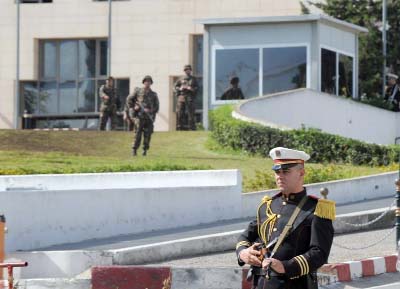
TNN, Chennai :
When Pakistani troops moved to Kargil in 1999, India’s urgent request for some vital information through the US-controlled Global Positioning System was denied. India then decided to have its own navigation satellite system that would provide accurate information on terrestrial, aerial and marine navigation.
On Thursday, the Indian Space Research Organisation (Isro) took another decisive step towards this goal by launching the third in a series of seven satellites that would form the IRNSS system. The constellation is expected to be in place by next year. PSLV-C26 carrying the satellite lifted off from the Satish Dhawan Space Centre in Sriharikota at 1.32 am. About 20 minutes later, it injected the satellite into its orbit, evoking thunderous applause at the command centre.
Declaring the mission a success, Isro chairman K Radhakrishnan said the launch was a perfect one. “Our PSLV has done it again,” he said. “Today’s was a precise injection (of the satellite). The PSLV was integrated at Sriharikota in 60 days as promised and a team of 1,000 members worked for the last four days to make this launch a success.”
This was the seventh flight of the extended version of PSLV and the satellite was injected into an orbit with a perigee (nearest point from Earth) of 282.56km and an apogee (farthest point) of 20,670 km. The mission leaders said this is extremely close to the mission target, which was 284km perigee and 20,650 km apogee. Mission director Kunhi Krishnan attributed the success to the entire team and also the Indian industrial sector for its co-operation in developing the components of the indigenous satellite.
The IRNSS system, which will have a range of 1,500km, will be utilized for two services: standard positioning service (SPS) for all users and restricted service (RS), which will be encrypted for military use.
It will have a positional accuracy of 20 metres in its primary service area.
The system can be utilized in various ways – guiding drivers on city streets, aerial navigation, disaster management, mapping, voice navigation and marine navigation. It can be used for tracking vehicular movement on roads, aerial traffic management, fleet management and as a navigational guide for hikers and travellers.

